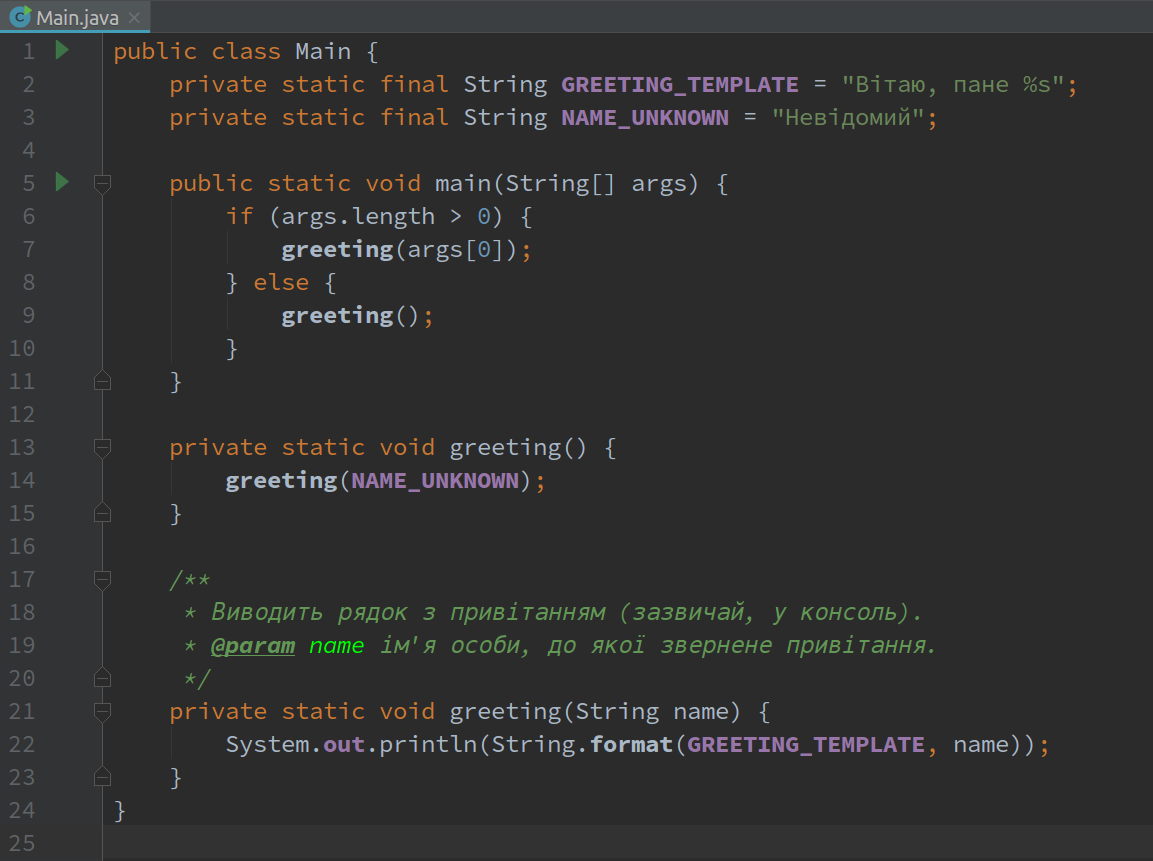4 min to read
Single Table Design
A Practical Approach to Database Modeling with dynamoDb

In the realm of software development and database design, the Single Table Design (STD) has emerged as a compelling model for structuring data. This approach challenges traditional database normalization techniques by advocating for a simplified, denormalized structure contained within a single table. In this article, we will delve into the essence of Single Table Design, exploring its advantages and drawbacks, and provide a practical example to illustrate its application.
What is Single Table Design?
Single Table Design is a database modeling strategy that involves consolidating multiple entities and relationships into a single table. Unlike the conventional normalization process, which divides data into separate tables to minimize redundancy and maintain referential integrity, STD embraces a more denormalized structure. This means that a single table contains all the necessary fields and relationships to represent various entities within the system.
Advantages of Single Table Design
-
Simplified Schema: STD simplifies the database schema by eliminating the need for multiple tables and complex relationships. This can lead to easier maintenance and a more straightforward understanding of the data structure.
-
Improved Query Performance: Retrieving data from a single table can often be more efficient than joining multiple tables, especially for read-heavy operations. This can result in better query performance and reduced latency.
-
Flexibility in Schema Evolution: With a denormalized structure, it becomes easier to adapt the database schema to evolving requirements without the need for complex migrations. Adding or modifying fields becomes a less cumbersome task.
Disadvantages of Single Table Design
-
Data Redundancy: Since data is denormalized, there may be redundancy in the storage of information. This can lead to increased storage requirements and potential inconsistencies if updates are not managed properly.
-
Limited Support for Complex Relationships: STD might not be suitable for systems with complex relationships between entities. Maintaining intricate connections between data points could become challenging in a denormalized structure.
-
Normalization Benefits Sacrificed: By consolidating data into a single table, the benefits of normalization, such as minimizing data redundancy and ensuring consistency, are sacrificed to some extent.
Example of Single Table Design
Let’s consider a simplified example of a blog application where we have Users, Posts, and Comments as entities. In a traditional normalized database, we might have separate tables for each entity. However, in a Single Table Design approach, we would merge these entities into a single table:
| PK | SK | GSI1PK | GSI1SK | Attribute1 | Attribute2 | ... |
|--------------|---------------|----------|------------|---------------|-----------------|-----|
| USER#1 | PROFILE#1 | | | Alice | alice@email.com | ... |
| ORDER#1 | INFO#1 | USER#1 | PROFILE#1 | | | ... |
| PRODUCT#123 | DETAILS#123 | | | Laptop | Electronics | ... |
| COMMENT#101 | TEXT#101 | USER#1 | ORDER#1 | Great post! | | ... |
Explanation:
- PK (Partition Key) and SK (Sort Key):
- USER#1, ORDER#1, PRODUCT#123, and COMMENT#101 serve as the PK, representing distinct entities (User, Order, Product, Comment).
- PROFILE#1, INFO#1, DETAILS#123, and TEXT#101 act as SK, helping to distinguish and organize items within the same PK.
- GSI1PK and GSI1SK (Global Secondary Index):
- GSI1PK and GSI1SK are additional indices that facilitate different access patterns.
- For example, GSI1PK USER#1 and GSI1SK PROFILE#1 enable efficient querying for user profiles.
Query Examples:
- Retrieve User Profile:
- Query using PK
USER#1and SKPROFILE#1.
- Query using PK
- Fetch Orders for a User:
- Query using PK
USER#1and SK rangeINFO#.
- Query using PK
- Get Comments for an Order:
- Query using PK
ORDER#1and SK rangeTEXT#.
- Query using PK
This example demonstrates how Single Table Design in DynamoDB, utilizing PK, SK, and GSI, can efficiently handle diverse queries within a unified structure. It optimizes data retrieval while adhering to the principles of denormalization and simplicity.
Conclusion
Single Table Design offers a practical alternative to traditional database normalization, emphasizing simplicity and performance. While it may not be suitable for every use case, especially those with complex relationships, STD can be a powerful tool in scenarios where a denormalized structure aligns with the application’s requirements. Consider the specific needs of your project and evaluate whether Single Table Design is a suitable fit for your database modeling approach.
Further Reading
To deepen your understanding of Single Table Design in Amazon DynamoDB and database modeling best practices, consider exploring the following official AWS documentation:
- DynamoDB Overview
- Best practices for designing and architecting with DynamoDB
- DynamoDB Examples Using the AWS SDK for Java
These resources provide comprehensive insights into the principles, features, and best practices related to DynamoDB, including Single Table Design. Referencing the official documentation will empower you with the knowledge needed to effectively design, implement, and optimize your database models on the AWS platform.


